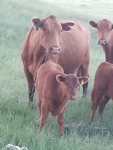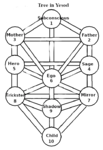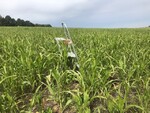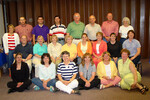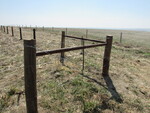Posted date: May 1, 2021
by: Admin My Local Life
644 Views
Retired NRCS District Conservationist, Goodland KS
Soil Organic Matter (SOM) is the fraction of the soil that consists of plant or animal tissue in various stages of decomposition. Most productive agricultural soils have between 3 and 6% organic matter.
Soil Organic Matter is made up of 3 main components.
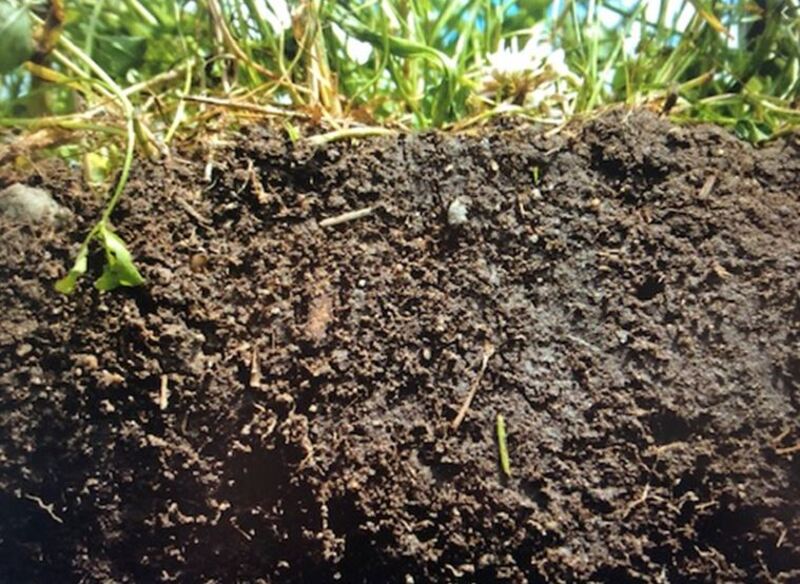
2. Active soil organic matter also referred to as detritus
3. Stable soil organic matter, often referred to as humus
Humus is the stable fraction of soil organic matter. It is the final product of decomposition.
The first two type of organic matter contribute to fertility because breakdown of the fractions results in the release of plant nutrients. Examples are nitrogen, phosphorus, and potassium and other nutrients. The humus fraction has less influence on soil fertility; however, it is important because it contributes to soil structure, soil tilth, and cation exchange capacity. Humus also darkens the soils color.
Some sources of organic materials include
• Crop Residue
• Animal manure
• Compost
• Cover crops (green manure)
• Perennial grasses and legumes
Soils formed under prairie (grass) vegetation usually have organic matter levels at least twice as high as those formed under forests because organic matter is added to topsoil from both top growth and roots that die back every year.
Some key management practices that increase soil organic matter (SOM) are listed below.
• Use of cropping systems that incorporate continuous no-till, cover crops, solid manure or other organic materials, diverse crop rotations with high residue crops and perennial legumes.
• Reducing or eliminating tillage that causes a flush of mineral action that speeds up organic matter decomposition and increases erosion.
• Reduce erosion using appropriate measures. When soil erodes organic matter leaves also.
• Soil test and fertilized properly. Proper fertilization encourages plant growth including root systems. Increased root growth helps build and maintain SOM even when removing much of the top growth.
• Use of perennial forages provides annual dieback and regrowth of extensive root systems which contributes to building SOM. Fibrous root systems are an effective binding agent for soil aggregation.
• After decomposition, nutrients in plant available form.
• Water holding capacity of the soil is improved. Organic matter behaves like a sponge holding 90% of its weight in water.
• Soil aggregation is improved, helping soil structure and resulting in improved water infiltration.
• Because of increased water infiltration, less runoff occurs resulting in less erosion and less loss of Soil Organic Matter.
With careful management, the preservation and accumulation of soil organic matter will help improve soil productivity- resulting in greater farm profitability.

